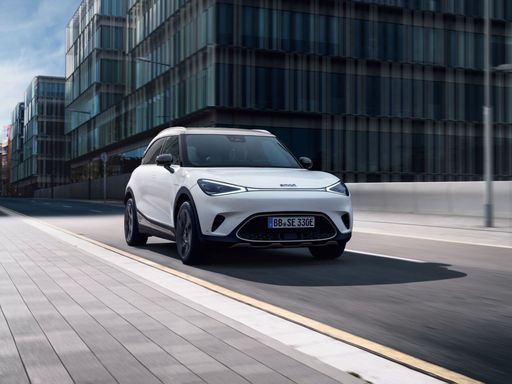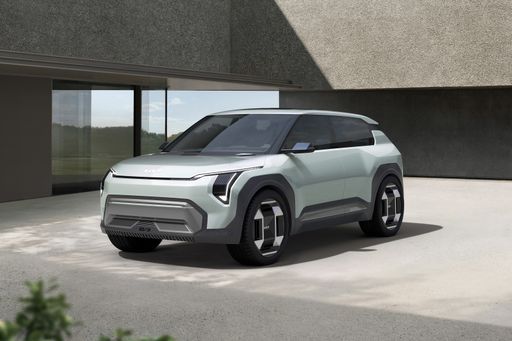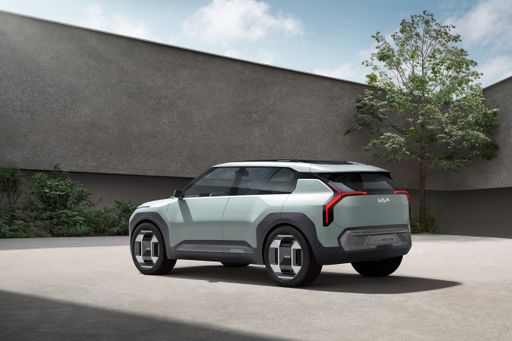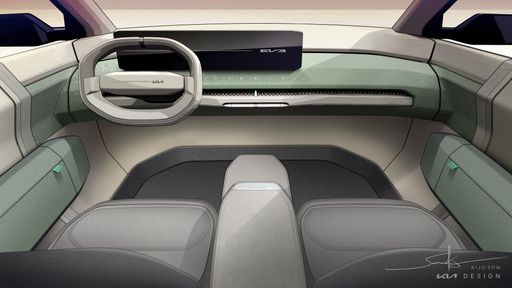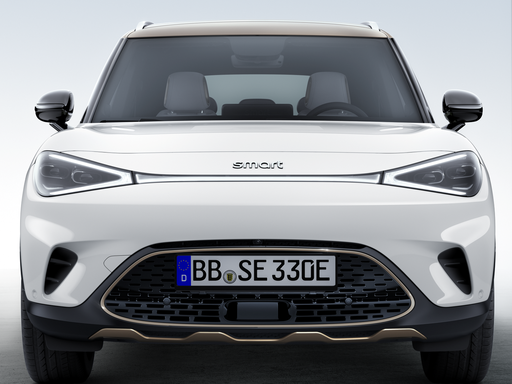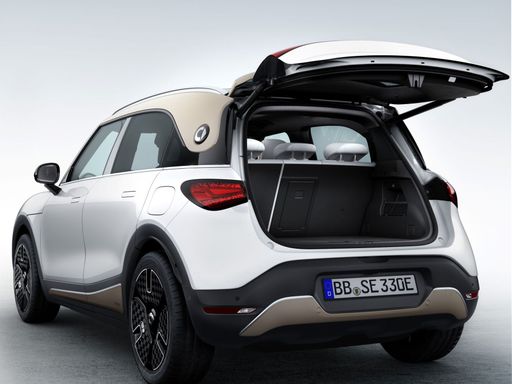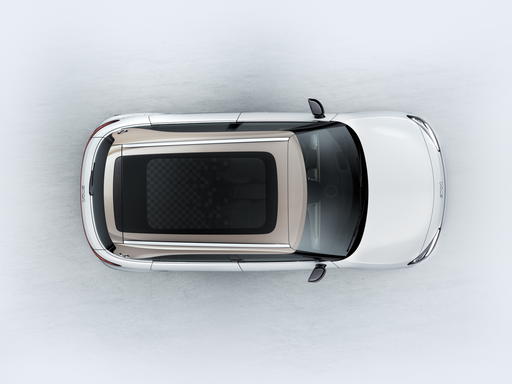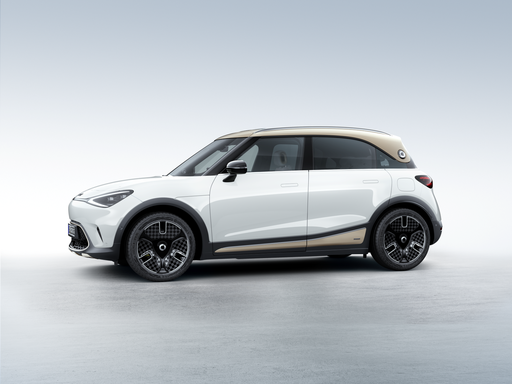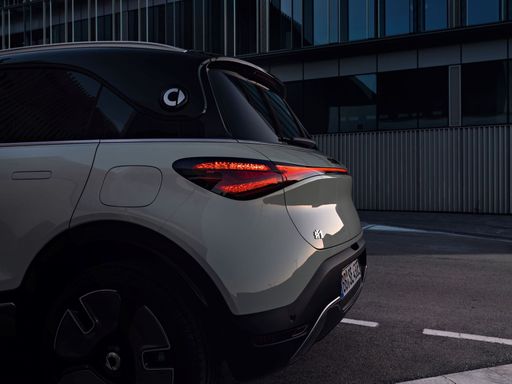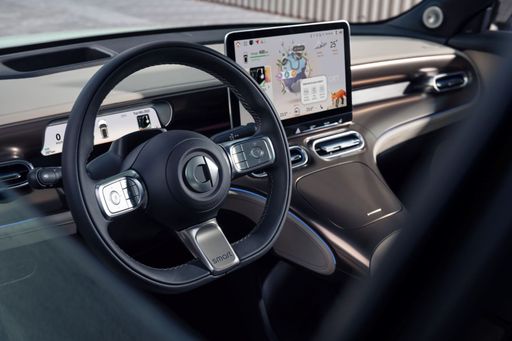Kia EV3 vs. Smart #1: The Electric SUV Showdown
The automotive landscape is evolving rapidly, especially with the surge in electric vehicles (EVs). In this article, we delve into a detailed comparison between two remarkable contenders in the electric SUV sector: the Kia EV3 and the Smart #1. Both models offer unique features, technical specifications, and innovations that cater to different drivers' needs. Let's explore how they stack up against each other.

